The strategy identifies logistics as an important economic sector with high added value and a driving force for socio-economic development. Based on making the most of geographical advantages, marine economic potential, digital transformation and green transformation trends, the strategy sets out specific goals: in the period 2025 - 2035, the proportion of logistics services in the gross domestic product (GDP) will reach 5-7%; by 2050, the proportion of logistics/GDP will reach 7-9%.
The strategy emphasizes reviewing, amending and supplementing regulations related to logistics to create a transparent and fair business environment. In particular, reforming administrative procedures, applying electronic documents, building a system of national and international standards for logistics activities. Thereby creating a solid legal basis, encouraging the private sector to strongly participate in the logistics sector. In particular, priority is given to forming logistics centers in Hanoi , Ho Chi Minh City, Hai Phong and Da Nang, linked to seaports and international airports.
The strategy identifies the formation of dynamic logistics zones in the Red River Delta, the Southeast and the Central region, in which Hanoi, Ho Chi Minh City, Hai Phong and Da Nang are the main growth poles. Key economic corridors will be connected by modern infrastructure systems, thereby enhancing regional and international connectivity.
The Ministry of Industry and Trade is the lead agency, coordinating with relevant ministries, branches, localities and associations to deploy and guide the development of action plans. Other ministries and branches are assigned specific tasks, from infrastructure investment, human resource training, standard development, to developing digital customs models and free trade zones.
Source: https://baodanang.vn/uu-tien-hinh-thanh-trung-tam-logistics-tai-thanh-pho-da-nang-3306014.html


![[Photo] General Secretary attends the parade to celebrate the 80th anniversary of the founding of the Korean Workers' Party](https://vphoto.vietnam.vn/thumb/1200x675/vietnam/resource/IMAGE/2025/10/11/1760150039564_vna-potal-tong-bi-thu-du-le-duyet-binh-ky-niem-80-nam-thanh-lap-dang-lao-dong-trieu-tien-8331994-jpg.webp)


![[Photo] Opening of the World Cultural Festival in Hanoi](https://vphoto.vietnam.vn/thumb/1200x675/vietnam/resource/IMAGE/2025/10/10/1760113426728_ndo_br_lehoi-khaimac-jpg.webp)

![[Photo] Ho Chi Minh City is brilliant with flags and flowers on the eve of the 1st Party Congress, term 2025-2030](https://vphoto.vietnam.vn/thumb/1200x675/vietnam/resource/IMAGE/2025/10/10/1760102923219_ndo_br_thiet-ke-chua-co-ten-43-png.webp)


![[Photo] Ho Chi Minh City is brilliant with flags and flowers on the eve of the 1st Party Congress, term 2025-2030](https://vphoto.vietnam.vn/thumb/402x226/vietnam/resource/IMAGE/2025/10/10/1760102923219_ndo_br_thiet-ke-chua-co-ten-43-png.webp)








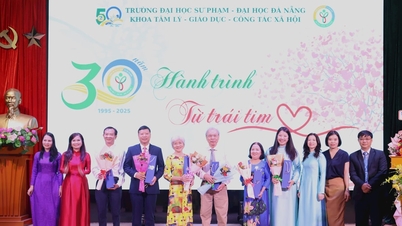













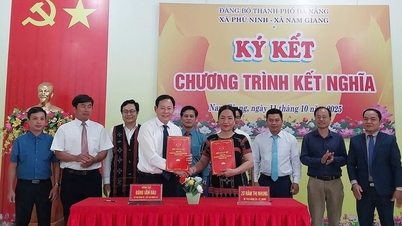

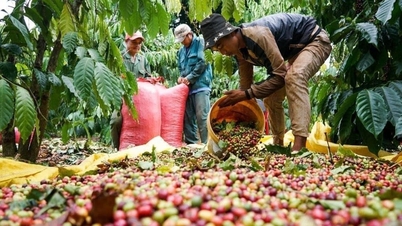
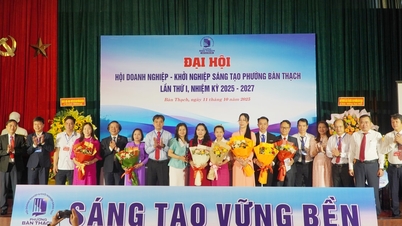
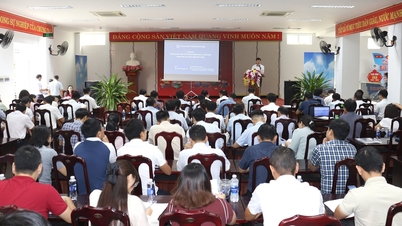





































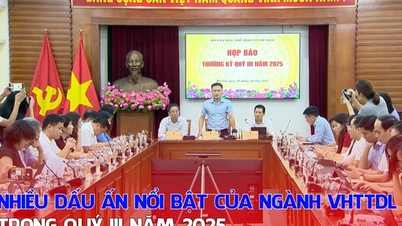



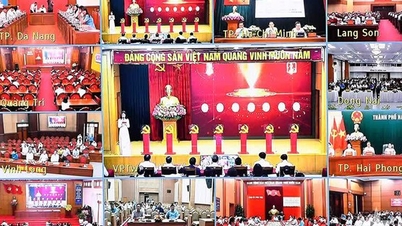

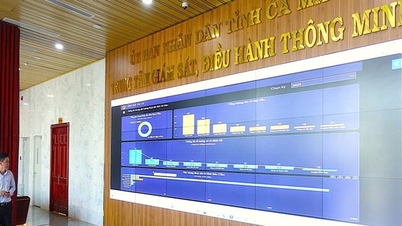
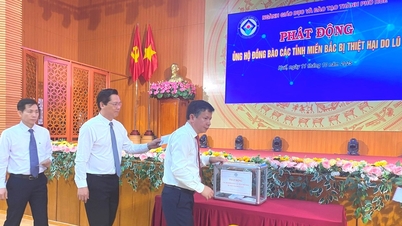



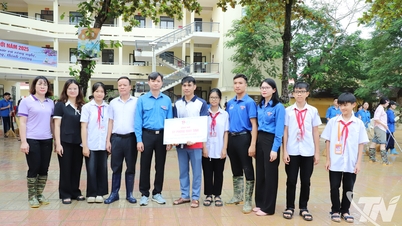


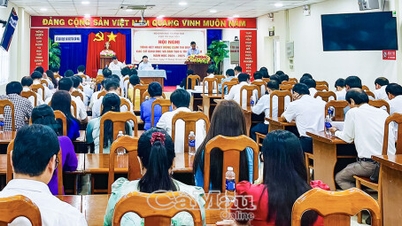
















Comment (0)